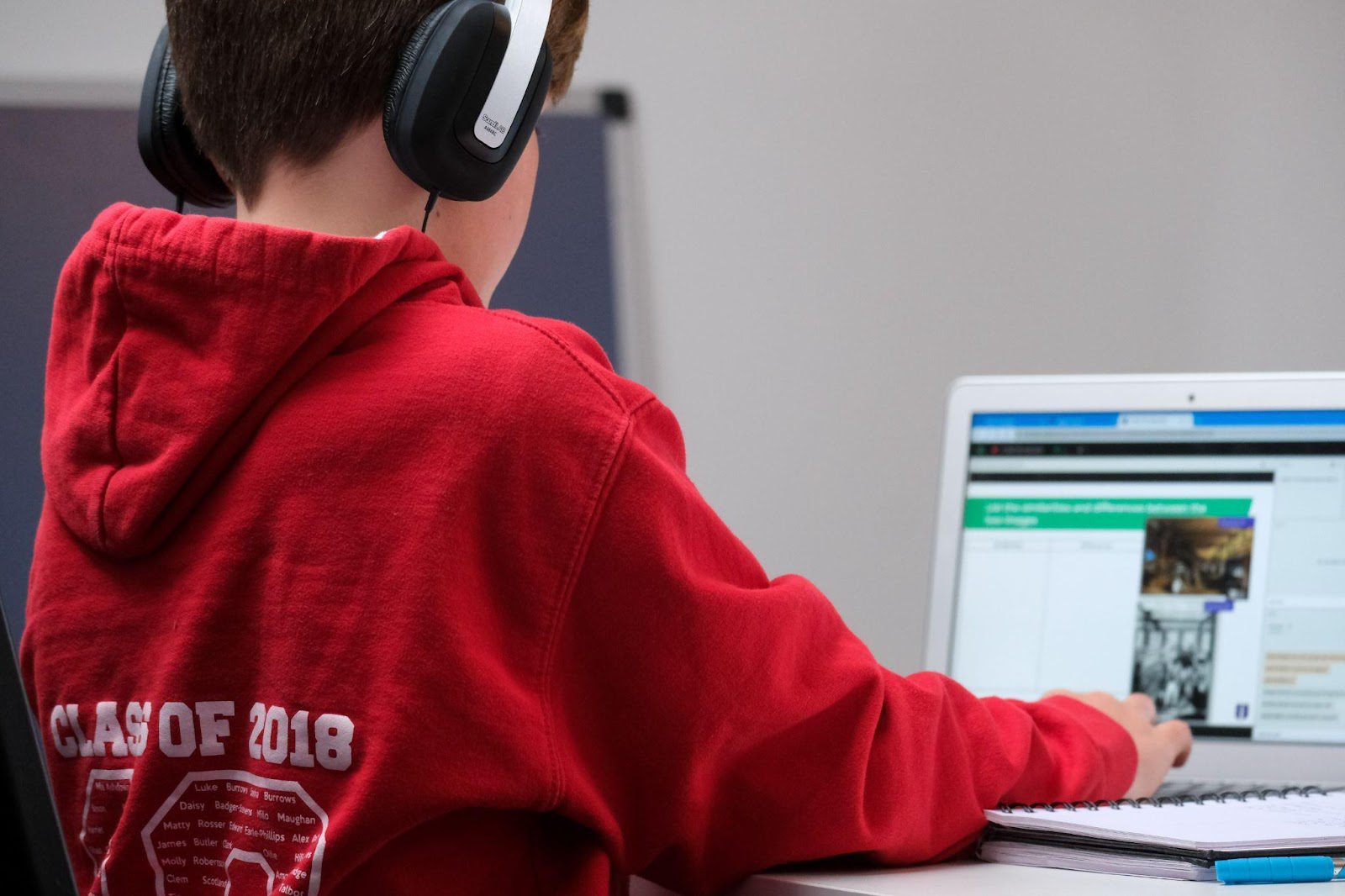Nowadays, technology has become a very vital part of our lives and society’s educational system, and the educational system is not left out. This is simply because of how effective it can be when handling tasks and responsibilities that pertain to education and learning.
However, it is essential to note that technology is simply a means to an end, not the end itself. In other words, it is a useful tool for solving the problems that arise due to education and cannot solve them themselves. Technology’s usefulness in education depends on how people use it to solve the problems that educators and students meet in the course of learning.
For instance, if you need a well-written dissertation that does not cost a lot, you can search “cheap dissertations” online and get one as quickly as possible. This shows how technology facilitates work and learning.
Utilizing digital learning tools correctly will enhance how teachers dish out their content in lessons, improve student engagement, and allow for effective personalized learning. It also helps students develop diverse and much-needed critical thinking skills.
Technology such as video learning, virtual classrooms and spaces, and VR/AR can make classes exciting. They can create wide-ranging practices that encourage intellectual curiosity and engagement. It also helps teachers collect student data to extract insight that would help correct flaws and develop the right practices.
How Technology Is Improving Education
There are many ways technology is improving the quality and approach to education. Here are some of these ways:
-
Putting absorbed knowledge into action
If there is any way technology helps students, it is how it helps them develop insight into the application of what they have learned.
Learning increases knowledge, but there is a need to apply the learned knowledge; else, the whole purpose of education is defeated.
By providing ways to apply the learned knowledge, technology helps all stakeholders in the education sector. Technology allows teachers to assign tasks and assignments with ease and less stress. Students can then approach the assignments in any way they deem fit due to what has been learned. This helps them develop skills they can use in real-life problems and circumstances.
-
Sharpening critical thinking in students
Technology positively impacts critical thinking skills, and here’s how.
The use of technology in the education sector (classroom, to be precise) improves engagement in activities and the learning process. This is because it can engage numerous senses at once, increasing the students’ focus on the material and content they need to learn.
When the right technology is applied in the classroom, it boosts academic performance, achievement, attendance, motivation, and self-confidence. All of these increases a student’s learning rate. It makes students sit attentively, focus rapturously, and facilitate hands-on learning.
Furthermore, it impacts critical thinking by helping students apply what they have been taught to reality and helps them develop problem-solving skills. These are the primary components of critical thinking.
-
Better collaboration and communication
Technology increases the rate, coverage, and quality of communication. Anyone can connect to another in any other part of the world at any time. This improves collaboration and exchange of ideas and is always a way to establish a good foundation for the future beyond the school environment.
Connecting with students from various parts of the world and in multiple aspects of learning encourages intra-culture learning. It also teaches students how to learn from and collaborate with people who are not like them. Of course, the internet is full of good and bad people alike; however, it helps build a community that one can lean on for support in times of need.
Technology also teaches students how to communicate inside and outside their comfort spaces. They garner experience in collaboration which helps with future communication. It also instils a sense of community and belonging in participants.
Conclusion
Technology has gone a long way in enhancing the quality of education in many parts of the world, and this is just the beginning. There is much to look forward to, and we cannot wait to see what the future has in store for the education sector. Good luck with the application of learned knowledge.

































